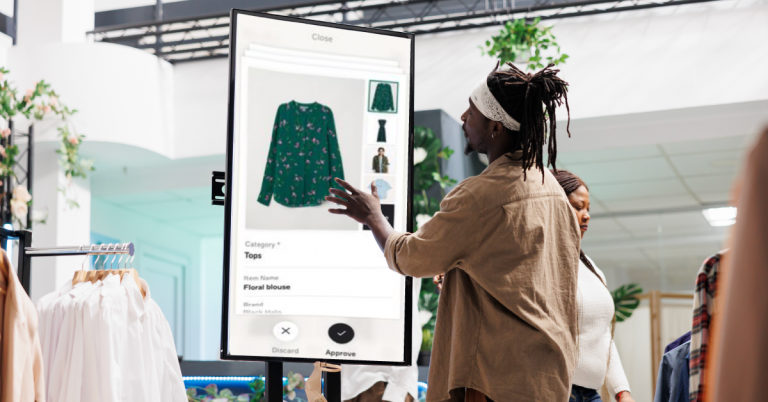It is a relief to realize that the pandemic is now behind us. The world is now back to normal, and consumers have increasingly been visiting stores, to meet various needs.
When it comes to making purchases around Consumer Durables (CD), consumers have been displaying a growing intent. The fact that digital capabilities have brought a new level of convenience, has enabled consumers to explore a wide range of brands and products to choose from. According to a report by Google & BCG, by 2023 (this year), 63% of CD sales are likely to be powered by the digital world, unlocking a massive opportunity of USD 23 Bn. Clearly, the relationship between consumers and CD products is gaining momentum with the advent of easily accessible online enablements. Consequently, most consumers today end up doing online research before starting their purchase journey.
Let’s look at it more closely.
The count of digitally influenced consumers has risen considerably in recent times. It has been observed that in addition to tier-1 cities, consumers in tier-2 and tier-3 cities too, are inclined towards doing online research first, to reach informed decisions. Such behavioural patterns are encouraging CD brands to ensure that their digital infrastructure is updated and easily available on search engines. Brands and their partners want to ensure that the visibility of their stores becomes more prominent and serves as a critical touchpoint, maneuvering consumers towards them, for favourable outcomes. By leveraging digital business profiles, CD brands are able to establish their unique identities. And because CD purchases are high-involvement purchases, these store-level identities offer credible information to consumers and encourage them to make physical visits, for greater engagement with the products.
When consumers find out the digital profiles of CD brands and franchise stores, they not only go through business information such as store timings and product catalogues, they also show interest in the reviews that may have been shared by other consumers. They categorically want to understand the perception that currently is prevailing with the products and feedback capabilities such as Reviews and Ratings help them find greater insight. For brands, reviews and feedback on their digital profiles play a pivotal role in building consumer engagement. In addition, an enhanced way of keeping consumers engaged in the context of such expensive purchases is automated chats that answer various queries and help consumers make their decisions to buy from that particular store. It is because of such interactions that consumers find it useful to proceed further in their purchase journey. Such interactive approaches make consumers feel that the brand and its stores are serious about helping them and giving them the best of offerings.
To keep conversations with consumers going, it is important for brands and their networks to offer convenience at every touchpoint. So while consumers may want to visit stores physically, touch, feel products, and get all their queries answered, it is also likely that consumers may want to continue engaging digitally. Keeping this in mind, brands and franchisees today are building eCommerce-enabled store-level location pages. These pages offer information such as business hours, local offers and discounts, feedback mechanisms, online purchase capabilities, and lots more. These digital pages serve as an extension of the physical stores, offering avenues to consumers, for greater engagement and eventual purchase. So basically, consumers can clearly convey what his/her requirements are, stores can deeply understand those, and put forward the best possible offerings they can. However, particularly in connection with CD-like critical purchases, it is no surprise that consumers always find greater purchase assurance in-store, as it allows them to evaluate products in and out, get demos, physically test various models and get all their questions answered in detail. And the more refined the consumer’s experience at the store, the greater the likelihood of a conversion taking place.

Digitally influenced revenue opportunities are continuing to see growth. Brands today are increasingly trying to map the consumer’s digital journey to offer personalized experiences. At the same time, given the nature of CD products and purchase trends, brands and their networks must also focus on the physical touchpoints, that are a result of the online associations that consumers build, with brands and their business locations. Consistency will be key in the context of CD, as consumers increasingly evaluate the intertwined digital and physical ecosystems and make informed decisions about the products they intend to buy as well as the experience of completing purchases.
Data Source: Google & BCG Proprietary Research Report July 2019